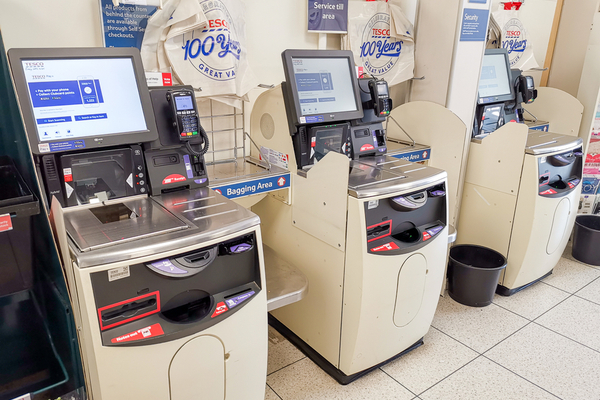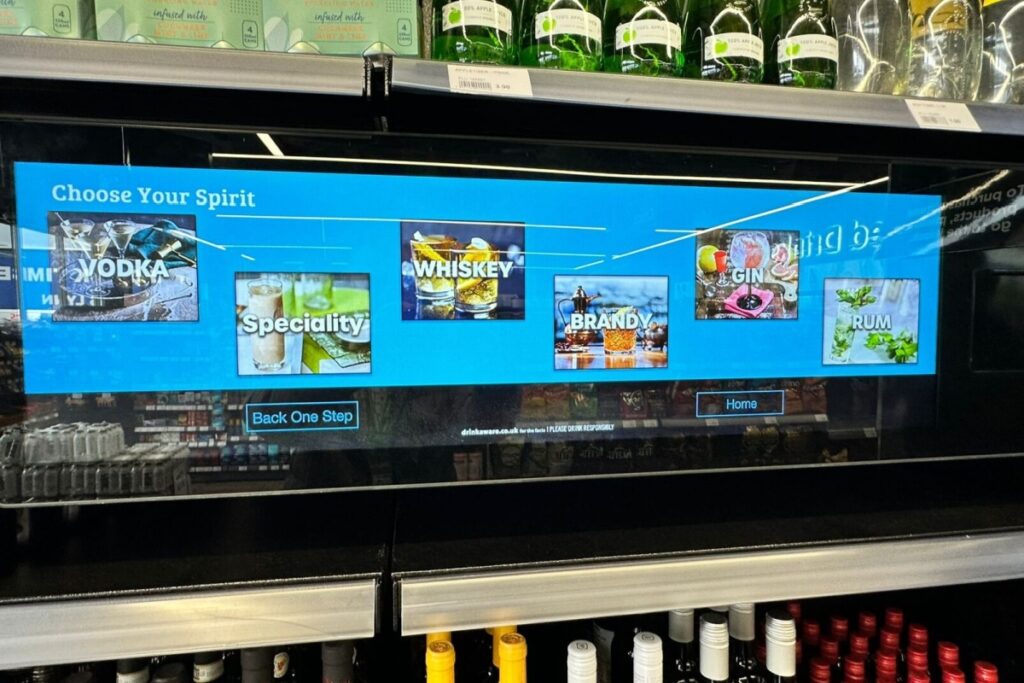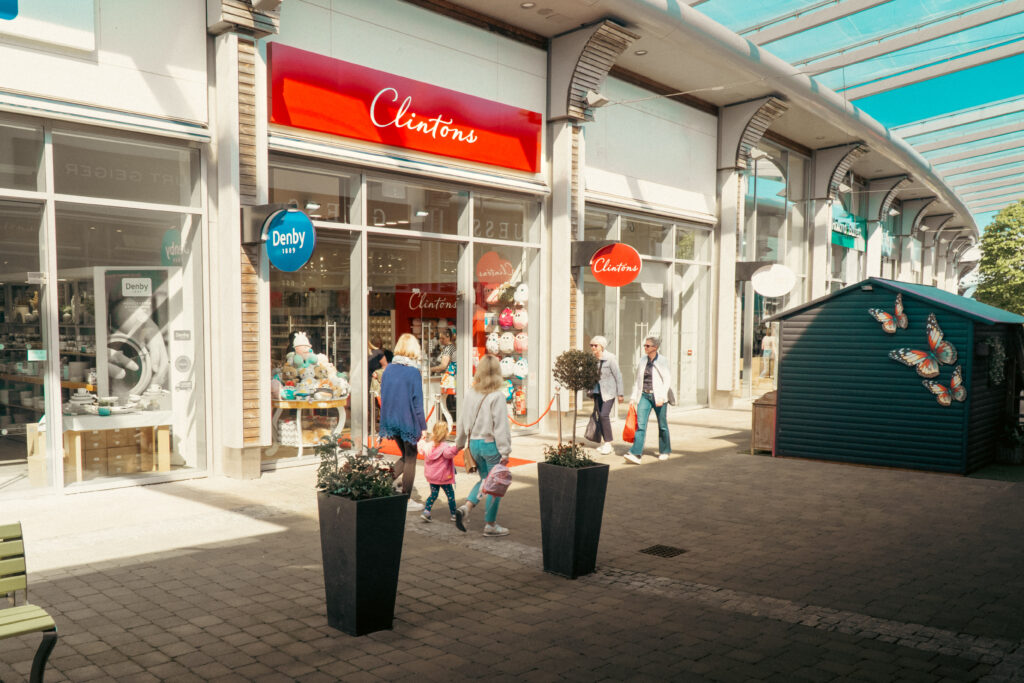Last month Booths axed its self-service checkouts in all but two of its 28 stores, claiming the move was in response to customer demand.
The supermarket insisted the change helped it keep its “warm northern welcome” and that having manned tills was better for shoppers.
The high-end supermarket will only retain self-checkouts in its Windermere and Keswick stores in the Lake District as these stores can become very busy.
The grocer plans to replace self-service with more employee-manned checkouts and pay points across stores, under its ongoing store renovation programme.
Retail Gazette explores why Booths is going against the grain, why shoppers have such a love-hate relationship with self-service, and whether more grocers could scrap them.
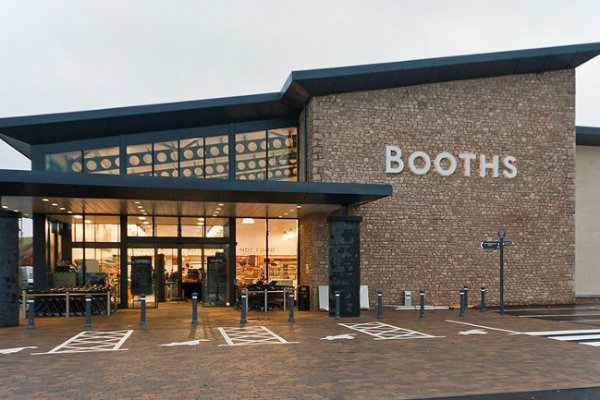
Why did Booths remove its self-service checkouts?
Booths is an outlier in the industry where more and more retailers are moving towards self-service.
Last year, Tesco removed some manned checkouts from a raft of its larger stores and replaced with self-service, while M&S revealed earlier this year that it had added 800 self-checkout tills to stores over the past 12 months to cut costs.
Even Primark has started rollling out self-service.
According to recent data from RBR Data Services, the number of supermarket self-checkout machines has soared from 53,000 to 80,000 over the past five years.
Going against the grain, Booths insists it scrapped self-checkouts in response to customer feedback and because staff serving shoppers “delivers a better customer experience”.
However, Retail Reflections founder Andrew Busby points out that the retailer is “quite niche” and has “a slightly different need” compared to grocers based in large towns or city centres.
PwC UK senior retail adviser Kien Tan adds: “Supermarkets want to get you through the checkout but they also need to appeal to their customers. So you wouldn’t expect to see self-checkouts in a super luxury supermarket but you might expect to see them if you’re in a hurry getting a bottle of water for the train.”
Booths definitely sits in the high end camp.
Tan says: “I can understand why its tried it. All supermarkets are moving towards self service and there are all these cost savings, but it just appeals to some customers and some types of shopping missions more than others.”
Did the rise in shoplifting play a role?
Against a backdrop of soaring retail crime, could shoplifting have played a part in Booths’ decision to ditch self-checkouts?
Busby thinks it was a factor for the grocer.
“We know self-checkouts are getting smarter with AI and so forth but even so, they still do give rise [to shoplifting], and it’s not all the demographic you might think,” he says.
“Across the country there is reportedly a rise in what’s being termed ‘middle-class shoplifting’ through self-checkouts. So I think that would’ve been a factor but not the deciding factor.”
M&S chair Archie Norman claimed faulty self-checkouts are behind shoplifting “creeping in” among the middle classes.
He told The Telegraph last month: “With the reduction of service you get in a lot of shops, a lot of people think: ‘This didn’t scan properly, or it’s very difficult to scan these things through and I shop here all the time. It’s not my fault, I’m owed it’”.
GlobalData senior retail analyst Eleanor Simpson-Gould agrees that the misuse of self-checkout tills is “undoubtedly a conscious thought for many retailers”.
“For smaller chains such as Booths, any improvements which can be made to reduce the potential for theft will likely have been a key element in its decision to shift back to fully manned checkouts,” she says.
However, there may be other ways around preventing theft at self-checkouts. Grocers like Morrisons and Sainsbury’s adding barriers around the area, with shoppers having to scan their receipts to exit.
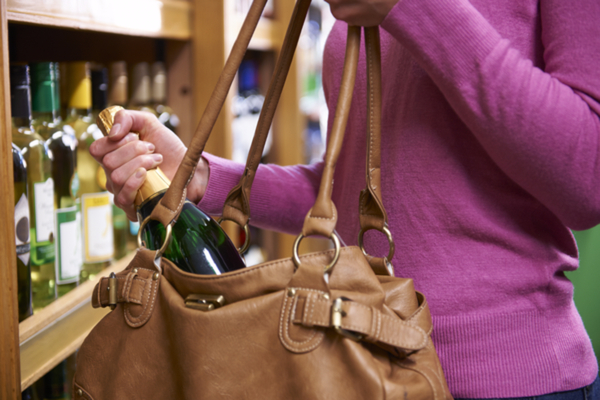
A love-hate divide
Although self-checkouts seem to be everywhere in retail, they are very divisive with some shoppers loving the speed and convenience they offer, whilst others find them glitch-prone and impersonal.
Simpson-Gould says although some shoppers are frustrated because of issues such as waiting for a member of staff to authorise age restricted products, some dislike it because they see self-checkouts as leading to job cuts.
Tan also points out that some shoppers really want to interact with store staff: “There are some people who like self-checkouts and don’t want to talk to people, they tend to be people who are in a hurry and are doing simple transactions.
“On the other hand, there are people who want not just to speak to somebody but also to get reassurance if it’s for a longer or more complex transaction”.
While there are stereotypes that self-checkouts may be more popular among some demographics, such as young people, Tan says it’s more to do with shopping missions.
“If your shopping mission is convenience or distress purchasing, you’re much more likely to want to do a self-checkout.
“The queues in general are shorter, and you don’t risk getting stuck behind a person buying three trolleys worth of stuff at the manned checkout?”
I get that a lot of people don’t like them, but as a customer, I would still like a choice to use them or not.
I find them useful when in a hurry & don’t want to engage with a cashier.
Not a fan of the full shop self service tills at all though. https://t.co/AShXhvKhmT— 🛒🛒🛒🛒🛒🛒🛒 (@Supermarketweet) November 11, 2023
Could self-checkouts be scrapped in further supermarkets?
Booths move to scrap self-checkouts is a bold one, but could others follow suit?
Last year, 230,000 shoppers signed a petition to prevent Tesco cutting its staffed tills for self-service machines, demonstrating the desire for manned tills.
However, according to Innovationinbusiness.com, a UK survey revealed 66% of shoppers think self-service machines actually improve efficiency while shopping.
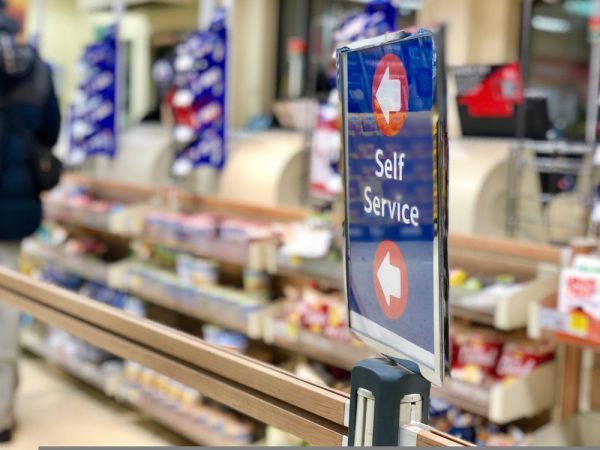
Waitrose is one supermarket that has confirmed it will not be following in the footsteps of Booths.
A spokesperson from the retailer said: “Our customers appreciate choice; some want the speed of a self-checkout, while others prefer a personal service. Unlike some retailers, all our branches continue to have staffed checkouts, which is really important to our customers”.
Simpson-Gould also says despite the hostility from some quarters, she does not believe there will be a slow down in self-checkout roll out in the coming years.
“Scan and go technology and checkoutless stores are becoming more prominent in the grocery sector, however there is a balancing act to consider.
“Retailers must ensure they cater for both sides of the fence, provide self-checkout services for time conscious consumers, yet ensure there is availability of manned tills for customers who prefer human interaction at the checkout”.
Improving the experience
Since technical glitches are one of shoppers’ biggest gripes with self-service, could improving the machines be the answer to the problem rather than ditching them completely?
Insight with Passion CEO and founder Kate Hardcastle thinks self-service tech needs to evolve to be “more intuitive and user-friendly”.
“This involves constant updates and refinements based on customer feedback,” she says.
“Retailers should view these systems not as static installations but as dynamic tools that evolve with consumer needs and preferences.”
Checkout manufacturer Diebold Nixdorf’s senior vice president retail EMEA and APAC Ben Gale agrees.
“Self-service is only successful if it is implemented in the right way. When deploying self-service, you must put the needs of the consumers and store staff at the centre of any decision making”.
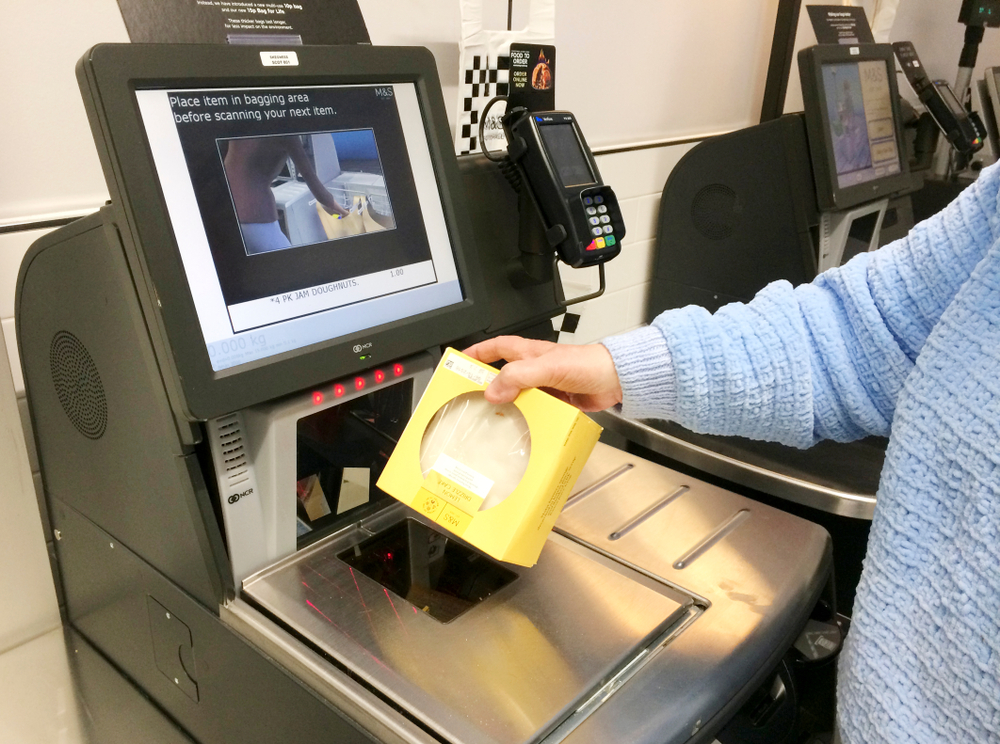
Hardcastle adds that retailers need to balance the machines’ technological efficiency with emotional engagement to maximise the benefits of the system.
“Retailers must understand that while consumers appreciate speed and convenience, they also crave human connection and a sense of belonging” she says.
Hardcastle suggests that retailers should invest in what she terms “emotional engagement strategies” alongside their self-service systems.
“This could involve having staff available to assist with self-service checkouts, not just for troubleshooting but also for providing a friendly interaction, a smile, or a helpful tip – small gestures that can significantly enhance the customer experience,” she says.
“Moreover, these checkouts should be part of a larger, more holistic consumer journey. They should not exist in isolation but be integrated into a store environment that values customer engagement.”
Despite Booths’ bold move, it looks like it may be a lone wolf.
With self-checkouts seemingly sticking around for the long-haul, retailers must ensure that customers both sides of the love/hate divide are happy, be that through offering a choice of manned machines or sufficient support at the self-checkout.
Click here to sign up to Retail Gazette‘s free daily email newsletter

